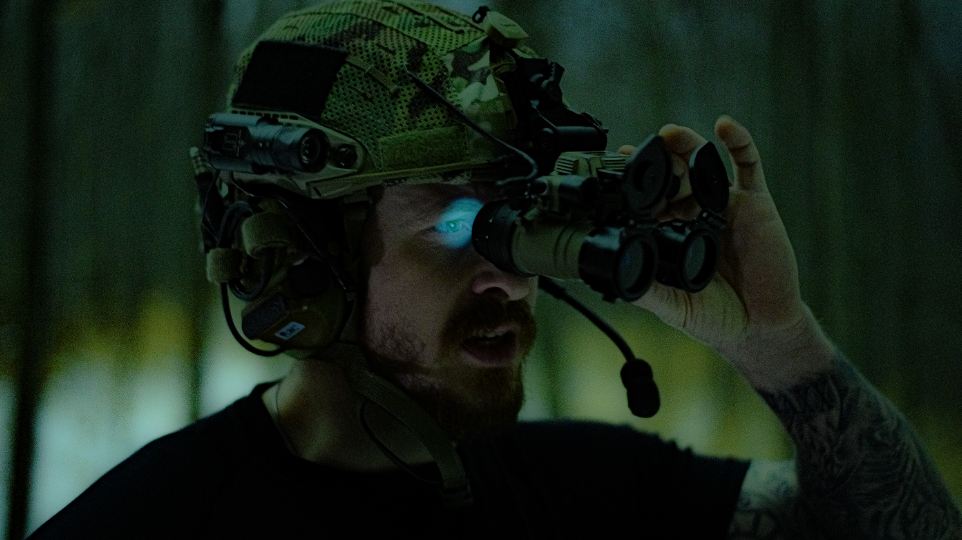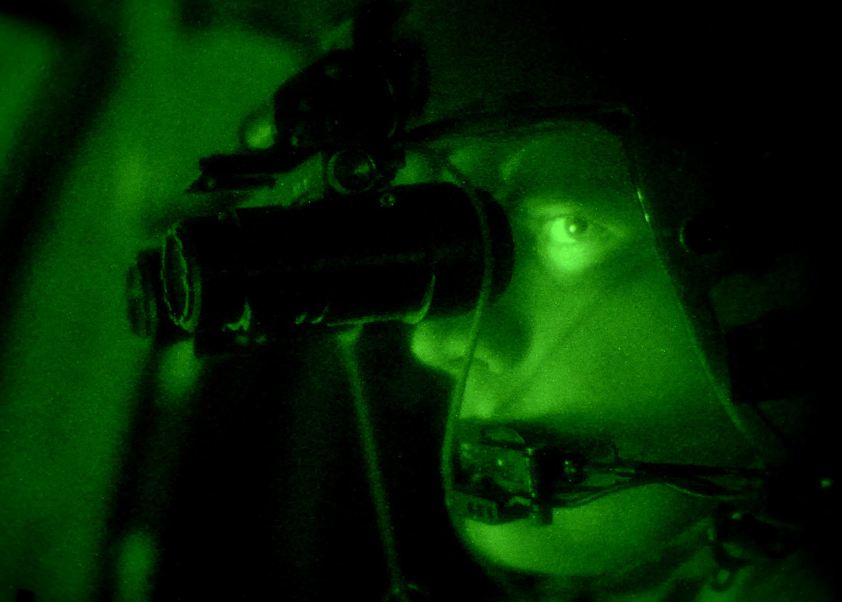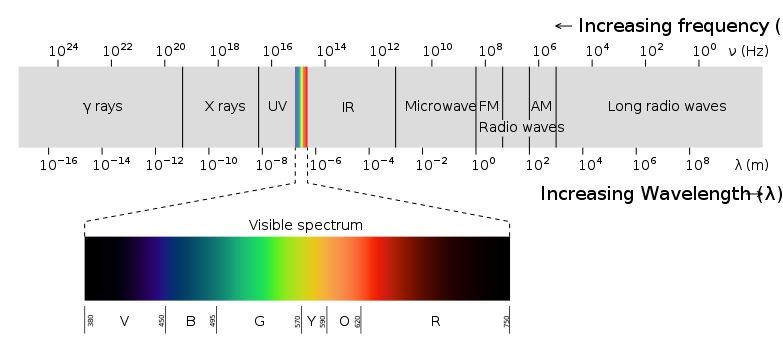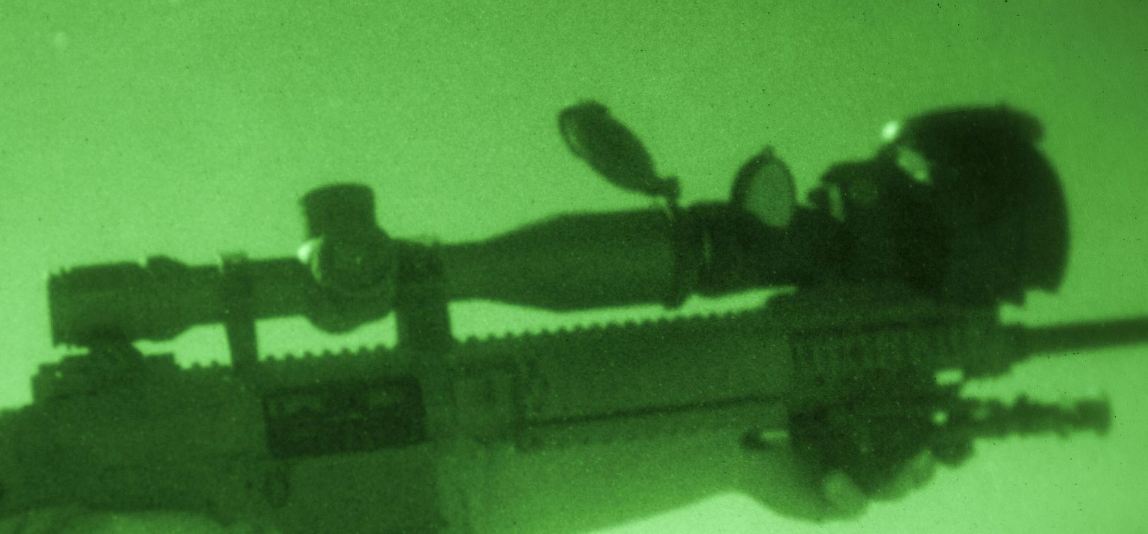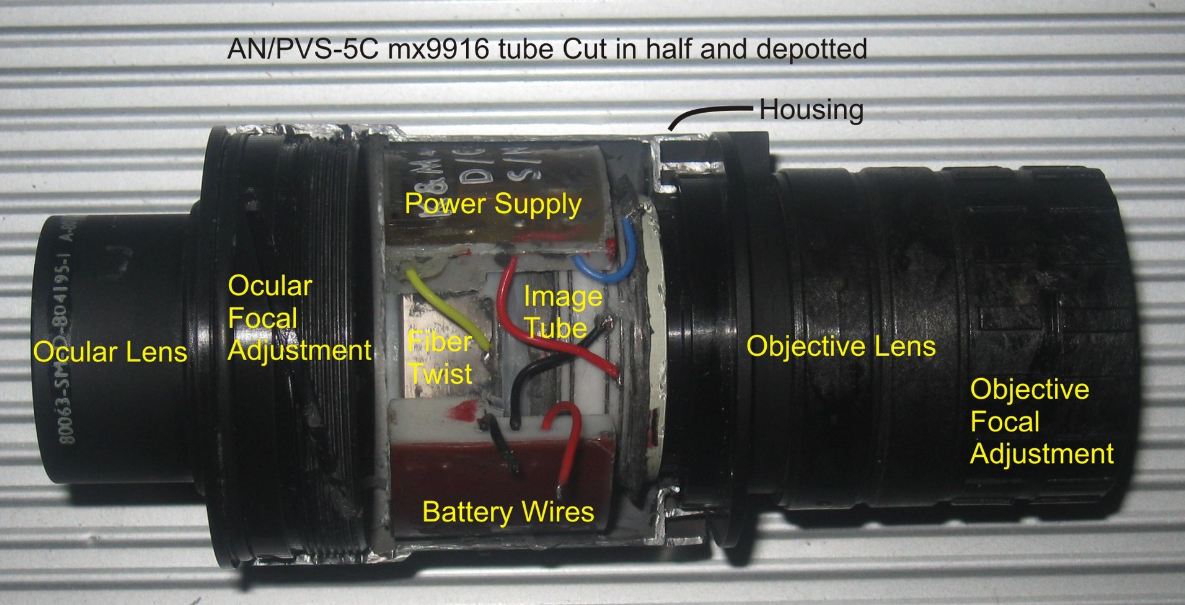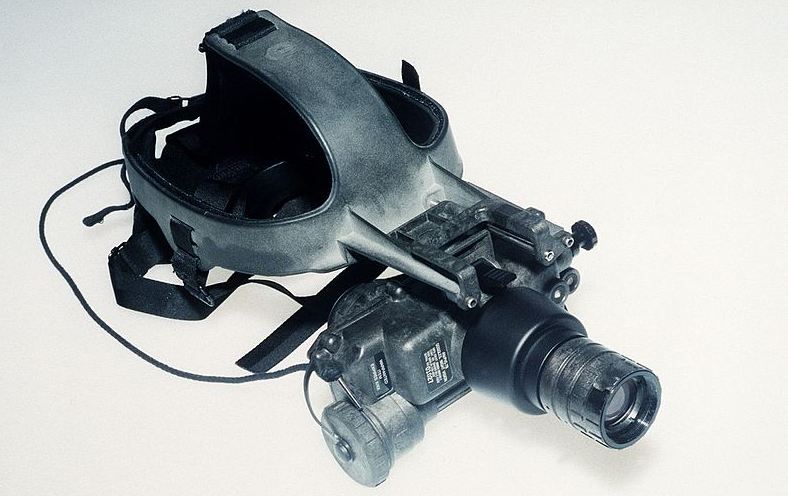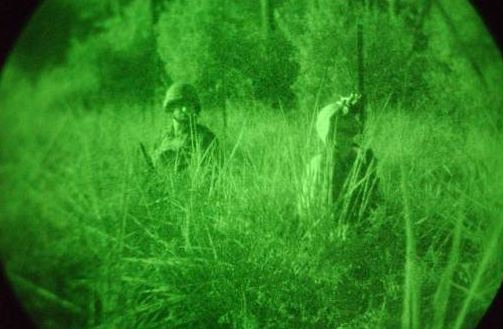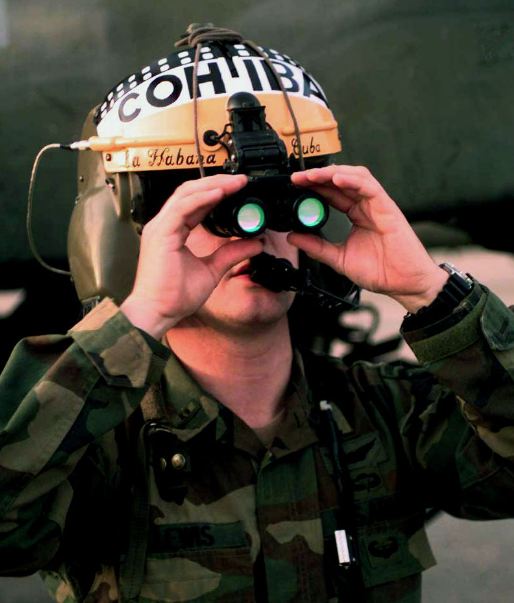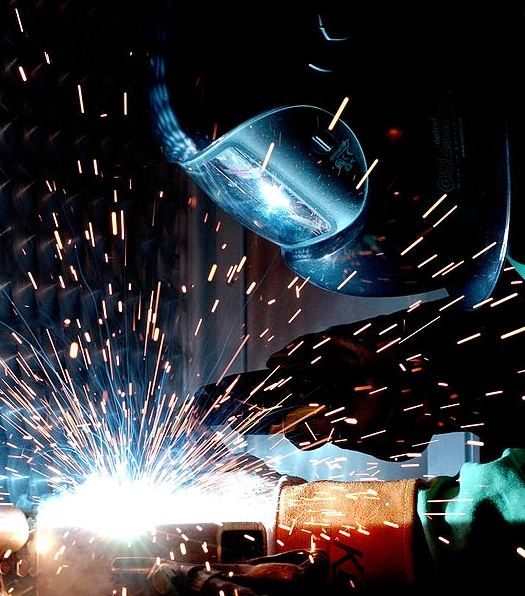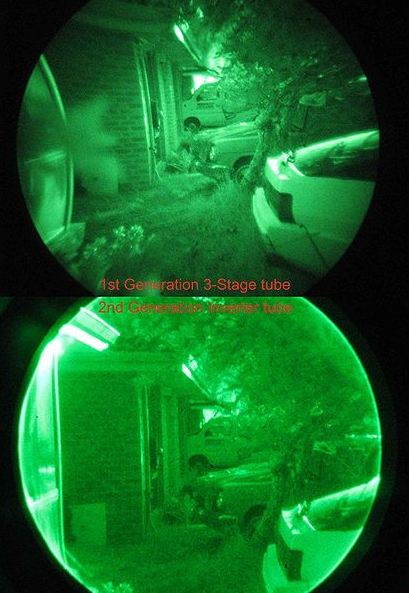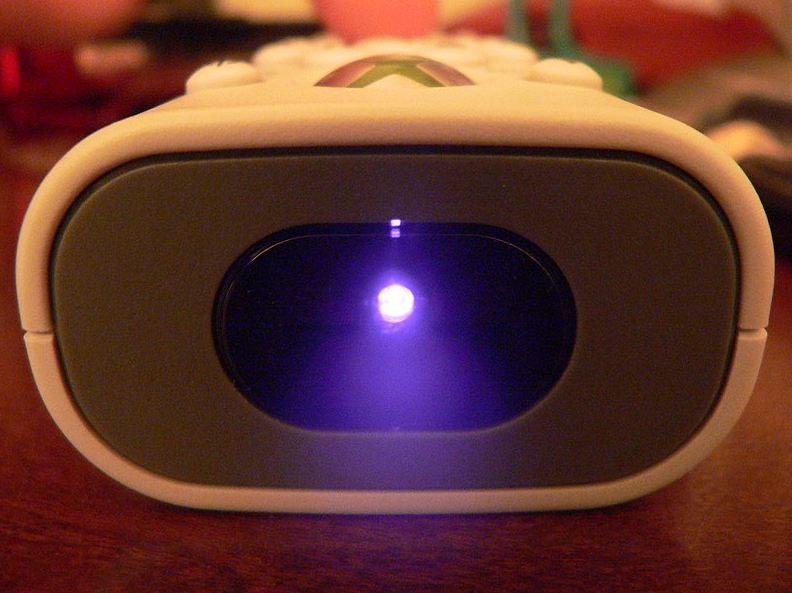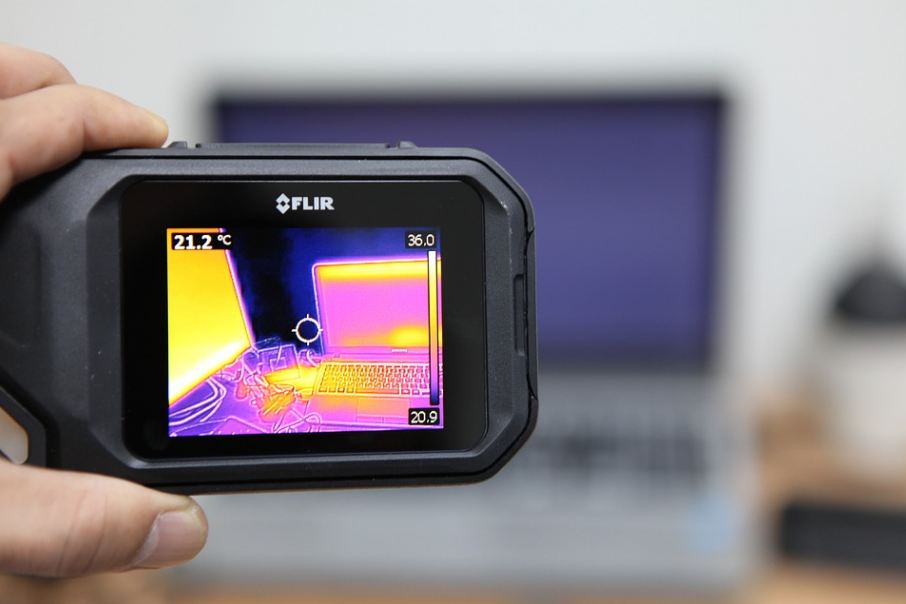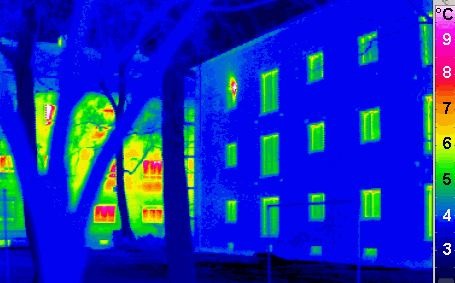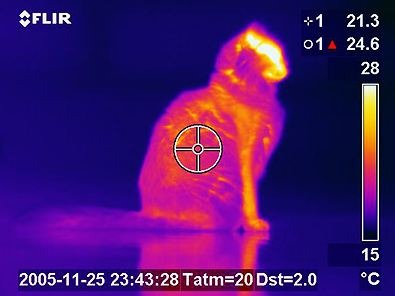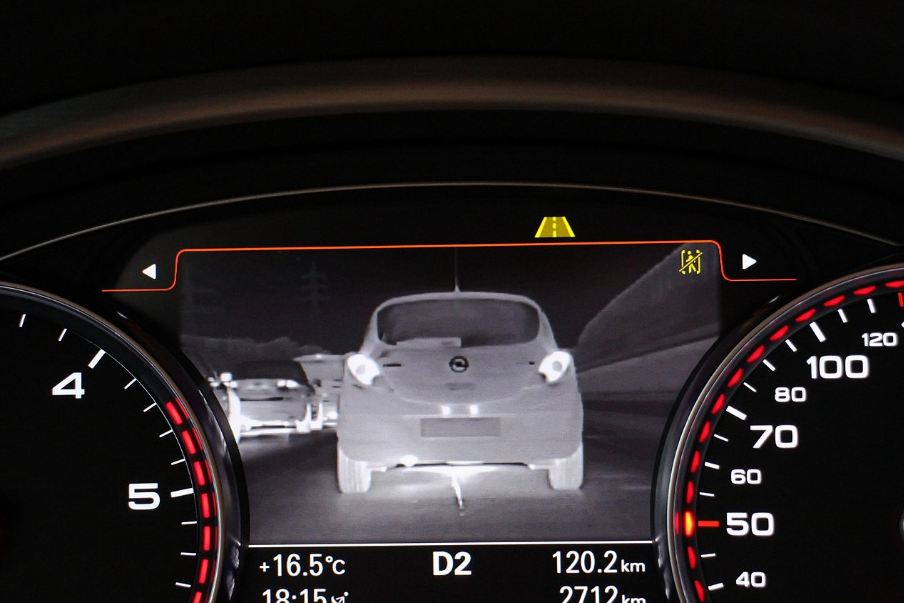To see in low light conditions is known as night vision. It can be by biological or technological means. Night vision is possible through a combination of two approaches such as a sufficient spectral range and sufficient intensity range. As compared to animals, humans have poor night vision. It is because the human eye lacks a tapetum lucidum.
Most of us have probably seen the night vision devices in the movies or television. Special Forces members who look like hybrids of humans and machines are with sophisticated night vision devices. These devices cover their faces that allow them to see in the dark. Previously, these devices were reserved for the military and special agencies. Nowadays, with the advancement of technology, and the drop in manufacturing costs, night vision devices are now part of the mainstream market.
Ultimate Guide to Night Vision Technology
Even if you are not the type to break into the buildings at night, the night vision goggles or devices can be helpful to enhance leisure or outdoor activities. You can use the night vision devices for:
- Wildlife observation
- Night hunting and paintball
- Search and rescue
- Night fishing and boating
- Camping, scouting, and exploring caves
- Performing nighttime repairs
- Hidden object detection
- Pulling pranks on your friends and family
- Discovering who visits the backyard at night
What Is Night Vision?
When it comes to night vision, most of us think naturally and correctly that these products allow us to see at night. There are different types of night vision technologies that have different capabilities and usage. Under the generic term night vision, experts distinguish them on three main types such as image intensifier night vision, thermal imaging cameras, and digital night vision devices.
Despite many differences, these three types share a common architecture known as a custom optical tube for imaging infrared light. There is a built-in infrared sensor that converts the invisible infrared light into visible light. It is used for the human eye to see and analyze.
Types of Range
Spectral Range
Useful night spectral range techniques can detect the radiator invisible to the human observer. Human vision is limited to a small part of the electromagnetic spectrum known as visible light. The enhanced spectral range allows the viewer to take advantage of non-visible sources of electromagnetic radiation such as ultraviolet radiation or near-infrared radiation.
Some animals like trout and mantis shrimp can see using much more infrared and/or ultraviolet spectrum than humans.
Intensity Range
The sufficient intensity range is simply an ability to see with small amounts of light. The reason that most animals have a better night vision than humans, is due to one or more differences in the anatomy and morphology of their eyes. Animals are having larger eyeballs, larger lenses, and larger optical apertures. Their pupils can extend to the physical limit of the eyelids. They have more rods than cones in the retina and a tapetum lucidum.
The enhanced intensity range is technologically achieved by using an image intensifier, low noise, CCD gain multiplier, and high-intensity photodetector arrays.
Night Vision Image Intensifiers

Infrared light from the stars reflects off the Moon and it forms ambient infrared lighting that is used by the night vision devices to see in the dark. Intensifier tube night vision devices convert the infrared light reflected from the object to form vision visual images for the human eye.
At the heart of these devices, there are intensifier tubes. They are made of tubes with a photocathode on one end. There is an internal anode in the middle and a phosphor screen on the other end. A strong electrostatic field is created by applying a high voltage between the anode and photocathode.
The electric field emits electrons when the infrared light hits the photocathodes. It accelerates them towards the phosphor screen to produce a visible image. Since the creation of these devices, the basic operating principle has remained the same. Over the years, the clarity, resolution, and brightness of the image have improved using different technology in different generations.
Terminologies In Night Vision Technology
Sensitivity
It defines the minimum amount of detected infrared light.
Gain
It is the ratio of visible output to the amount of infrared input. In simpler words, it is a measurement of signal amplification.
Noise
The output signal on the phosphorescent screen is not related to the actual infrared image; noise blurs and distorts images.
Photocathode
It is a negatively charged screen or electrode that is coated with a photosensitive material. To produce electrons, it absorbs infrared light.
MCP
A microchannel plate is used for the amplification of photoelectrons.
Anode
It is a positively charged electrode. It accelerates electrons towards the phosphor screen.
Phosphor Screen
It absorbs electrons that are generated by the photocathode and then it produces the visible-light image. It corresponds to the original infrared image.
ITAR
ITAR stands for International Traffic in Arms Regulations. It regulates the sale and export of controlled technologies outside the United States.
Active Devices
Night vision uses infrared (IR) illuminators that cast additional or supplemental light on the targets for imaging.
Passive Devices
Night vision devices using natural infrared illumination for imaging.
Generations of Night Vision Technology
Generation 0
Generation 0 is the oldest image intensifier technology that dates back to WWII. It was first used by the German military. The concept of operation was inspired by the RCA Corporation image converter tubes. They were developed in the mid-1930s for use in televisions. Generation 0 photocathodes called S-1 cathodes (AgOC) were having a low gain, low efficiency, short range and produced very weak images on the phosphor screen.
Powerful external infrared lamps were needed in Generation 0 to illuminate the scene. Since then, the type of night vision has evolved from Generation 0 to Generation 3. As a result, we have better resolution, sensitivity, image clarity, image color, and brightness. The main concept of the operation remained the same such as reflected conversion to ambient infrared into visible light. Generation 0 technology is an obsolete technology that is no more in production today.
Generation 1
To improve the image sensitivity, brightness, gain, and to reduce the need for large infrared lamps, the first-generation night vision devices evolved from Generation 0. It had a multi-alkali photocathode design such as using a sodium-potassium-antimony-cesium known as Na-K-Sb-Cs. Also, it was known as S-20 that had three connecting intensifier tubes. These tubes were introduced in the early 1960s. It succeeds in dramatically improving the sensitivity, brightness, and gain of the picture.
On the other hand, the night vision devices were heavier and bigger. The other downside of this generation of night vision devices was the center clear image but distorted and darker edges of the image. In addition, the first-generation tubes exhibited a flourishing image, a momentary discoloration of the image due to an overexposed phosphorescent screen.
Nowadays, the Generation 1 night vision devices have the same basic design but the manufacturing processes have made it possible to produce images with a resolution of 35 lp/mm. This technology is available to consumers. Generally, it is not subject to ITAR export restrictions.
Generation 2
The second generation of night vision technology was born in the late 1960s. It came with the introduction of microchannel plates (MCP) inside the intensifier tubes. The use of MCP was to amplify the number of electrons that reached the phosphorescent screen thousands of times. The number greatly increased the gain of the night vision device. Another significant improvement in the second generation was a refinement of the S-25 photocathodes.
They not only improved the sensitivity but also the spectral responses of the devices. The sensitivity and gain were sufficient to achieve bright and clear images. It was possible with just a single intensifier tube. As a result, a significant reduction in the weight and size of the NVDs was done. Also, they brought the configuration of weapon-mounted and harness mount.
It was possible because of one intensifier tube. It provides an edge-to-edge image clarity with less glare. The second-generation devices were capable of producing clear images with a resolution of 54 lp/mm. They are available in the consumer market but in most cases, they are subject to ITAR export restrictions.
Generation 3
In the mid-1970s the gallium arsenide (GaAs/AlGaAs) photocathodes were introduced. It was a major advance in intensifier tube technology that ushered in third-generation devices. The new tubes were having much higher sensitivity, signal-to-noise ratios (SNRs), and resolution. It improved the detection range and low-light performance. Due to the chemical interaction of gallium arsenide with MCPs, the tubes easily degraded.
To solve this problem, the MPC was isolated using a thin film of metal oxide. An iron barrier at the cost of slightly higher electronic noise and lower SNR were used to solve the problem. Due to noise, the details of the image also suffered. Despite the drawbacks, the overall performance of third-generation night-vision devices was much better than the second-generation devices.
Talking about today’s market, the third-generation devices come with a resolution of 75 lp/mm with higher image quality, sensitivity, and resolution. These devices are not available in the consumer market. ITAR restricts its production and sale to only armed forces or law enforcement.
Generation 4
In a constant search for better performance, the manufacturers have made attempts to overcome the limitations of the third-generation ion barrier film devices. To overcome the limitations in third-generation devices, the manufacturers developed filmless intensifier technology to reduce electronic noise.
Up to some extent, they were successful and referred it as fourth-generation night vision devices. On the other hand, the manufacturing costs of this generation were higher than the previous one. It is due to the advanced performance and improvements made to eliminate the limitations. The terminology was quickly withdrawn and called Third Generation Filmless Image Intensifiers. They are currently recognized as the classification of intensifier tube devices following the generation 0, 1, 2, and 3.
Common Features Of 2nd– And 3rd-Generation Intensifier Tubes
White Phosphor
Most intensifier tubes produced green images. It was due to the reason that human vision can differentiate between more shades of green than any of the colors. Green image in night vision devices improves the recognition of the targets or objects. It is best in tactical application and security surveillance.
However, some operators preferred black and white images. Various night vision devices use white phosphor technology to produce black and white images. It is mostly available in second and third-generation night vision devices.
Automatic Brightness Control (ABC)
ABC is a function that controls the voltage across the microchannel board. It is used to regulate the gain based on the amount of external light entering the tube. It helps to keep the image brightness constant, while the external lighting varies.
Bright Source Protection (BSP)
A night vision device can be damaged or burned if an intensifier tube is exposed to the daylight. Also, if it is exposed to a flash of light in the night when it is turned on. To prevent damage and burning, some night vision devices come with Bright Source Protection (BSP). It is a feature that cuts off the voltage when the photocathode is exposed to bright light. It prevents the degradation of the tube and prolongs its life.
Auto gating
To enable the normal image performance in the bright light conditions and reduction of degradation, the power supply generates a rapidly oscillating photocathode voltage. With this function, the bright light does not overload the tube. Auto gating or auto-tuning maintains high visibility and image resolution. As a result, the tube life is extended over 15,000 hours without noticeable degradation.
What Is Digital Night Vision?
In the consumer market, digital night vision is the least known type of all night vision devices. As the name suggests, digital night vision devices use digital CCD (Charge Coupled Device) or SMOS (Complementary Metal Oxide Semiconductor) sensors. These sensors are similar to those used in digital cameras.
Since the CMOS and CCD sensors are having higher sensitivity in the Near-Infrared spectrum, such as up to 1.1 µm, they are used in digital night vision devices. This type of night vision is having several advantages such as:
- The digital sensor can avoid degradation or damage due to bright light.
- They do not burn easily and they have an unlimited virtually shelf life.
- They are less expensive and less fragile.
Also, the digital night vision is easier to integrate with digital media recording and storage. Out of all the night vision devices, these are the easiest to use, cheapest to buy, and most reliable.
Infrared Illuminators
Since the intensifier tube and digital night vision devices are passive devices, they use the natural ambient infrared light of the Moon and stars for the creation of an image. On cloudy nights or in complete darkness, they will not work effectively. For example, using them in a dark building or basement would not be a great idea.
To eliminate this drawback, the digital night vision devices come with a built-in infrared illuminator. Also, you have an option of mounting point of an optional illuminator. In theory, any infrared light source could serve as an infrared (IR) illuminator for your NVD such as infrared LED flashlights, infrared lamps, and infrared lasers. As compared to LED and laser technologies, infrared lamps are less common in the mainstream market because of affordability.
The dedicated night vision illuminators come with eye-safe lasers or LED sources in the commercially available NVD.
Modern Night Vision Technology
Thermal Imaging
The newest and the most sophisticated technology in the night vision category is thermal imaging or thermal vision. These cameras are unique in different ways. The only drawback of thermal imaging is that it does not detect near-infrared and short-wave infrared light (SWIR) reflected from the environment. Thermal imaging devices or cameras detect heat such as long-wave infrared light (LWIR).
Any object having a temperature above zero absolute Kelvin emits a long-wave infrared light or heat. The hotter the object, the more infrared it emits. Hence, it becomes more detectable with thermal imaging devices.
Thermal imaging devices use bolometers or sophisticated detectors, which are known as focal plane arrays (FPA). These arrays are capable of reading the temperature difference between an object and its background. It creates a thermal profile of the scene. It is then displayed on an electronic screen.
Thermal imaging cameras often use germanium optics that are opaque to visible or near-infrared light. Sometimes it will not detect it.
How do You See Thermal Images?
To make thermal images visible to use, thermal imaging devices use specialized electronic components that process the data from the image sensor and transmits it to an integrated or external display. The display can be:
- Liquid Crystal Display (LCD)
- Organic Light-Emitting Diode (OLED)
- Active-Matrix OLED (AMOLED)
Unlike intensifier tubes and digital night vision, thermal imaging can be operated in complete darkness without using infrared illuminators. During the daytime, it allows you to see the thermal signature emanating from animals, humans, jet or combustion of engines, hotwires, etc. The infrared spectral band in thermal imaging is having slightly different properties than near-infrared light or visible light.
Thermal imaging devices allow you to see clearly through the foliage, smoke, fog or dust but it does not allow you to see through windshield panes or windows.
Uses of Thermal Imaging
Thermal imaging cameras are used by law enforcement to investigate crime scenes. They distinguish between the cars that have been recently driven or those that have been parked for a long time. The thermography can detect the objects that have been recently touched or held by the people. Also, objects retaining body heat can be detected using thermal imaging devices.
Drawbacks
As compared to the night vision devices, there is a significant drawback of thermal imaging of lower image resolution. It makes facial recognition difficult while at the crime scene. Thermal imaging has been used extensively for many years. The heavy, large, and expensive cooled bolometric sensors were impractical for consumer use.
Later on, uncooled microbolometers were introduced. They were lightweight, compact, and consumed less power. On the other hand, it was an expensive technology that was only accessible by the military, scientific researchers, law enforcement, and companies that were able to afford it.
In recent years, manufacturing costs have been reduced. Hence, thermal imaging cameras are now available in the mainstream market.
What Is Hybrid Thermal/Night Vision Technology?
To combine the benefits of night vision and thermal vision devices, the manufacturers are developing a hybrid thermal/night vision imaging system. These devices will integrate both image intensification and thermal imaging technology into a single device. The hybrid technology will enable the operator to view high-resolution night vision images with thermal signature, separately or in combination on one screen.
This enables the overlay of high-resolution night vision images with thermal imaging. It will allow the operator to see through a cloud of dense smoke, as well as through glass. Also, the advancement in technology is underway that aims to go beyond the well-known third-generation night vision. It will integrate the CMOS sensor in the intensifier tube instead of using a phosphor screen.
This approach will provide direct video to view and transmit to command centers for monitoring and to collect the data for intelligence. Most of the technology is under development process and the available ones are only accessible to the armed forces and law enforcement agencies.
Availability and Restrictions
Some of the newest hybrid night vision and thermal imaging devices are out of reach of most people. It is because of high prices and restrictions. On the other hand, there are first- and second-generation digital night vision devices along with thermal imaging devices in the mainstream market. You can use them to enhance your professional and outdoor hobbies and activities.
When you choose your favorite night vision or thermal imaging device, make sure that you look for the preferred configurations. It can depend on the hobby or use. Monocular, bi-eyepieces, binoculars, body-mounted devices, head or on the helmet, sights or scope clip-on, riflescopes, etc. are available in the mainstream market.
Dos and Don’ts of Night Vision and Thermal Imaging
Dos
- Consult the instructions of the manufacturer before use
- Keep the devices clean, especially lenses
- Use the included or recommended carrying case for transport and storage
- If possible, use a lens cap to protect the tubes and optics
- Store in cool and dry places
Don’ts
- Don’t expose the intensifier tube devices to daylight or the bright light at the night
- Don’t leave the device on when not in use
- Don’t shake or drop it
- Don’t touch the optical elements with your fingertips
- Don’t leave the batteries inside during transport or storage
- Avoid exposure to moisture unless the device is water-resistant or waterproof
Night Vision Technology – Advancement in Technology
You might have been using night vision goggles in different games or you have seen your dad using night vision devices while hunting. The night vision devices are used in the dark places where you are unable to detect objects, especially in hunting, investigation of a crime scene, or on a mission. Firstly, the night vision devices were only accessible to the military and law enforcement agencies.
With time, technology tends to advance and that is why it introduced four generations of night vision devices over the years. Then night vision devices with some drawbacks were replaced by thermal imaging. Thermal imaging made it possible to see through fog and glass. But you could not see the clear face of the targeted object. Hence, a hybrid thermal and night vision device was introduced to overcome all the drawbacks.
Some of the devices are still not available in the mainstream market but the older versions are accessible by consumers.

